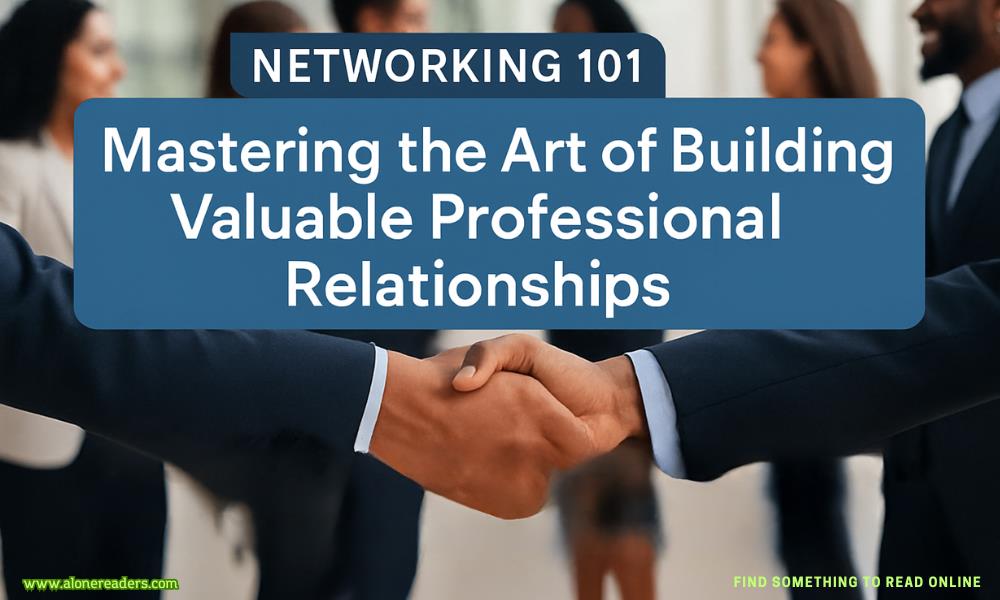Page 5 of She Was Made for Me
I wait patiently, giving the cabin a quick once over, before my attention is stolen by the view out over Lake Cobbosseecontee—known as Lake Cobbossee to the locals—just beyond the slanting front porch. Rich calls me regularly to ask if I’ll consider coming back to work at Hudson, Oppenheimer & Stant, the law firm on Manhattan’s Upper West Side where we worked together for years, and I always give him the same answer.
I turn back and take in the area surrounding the cabin. It’s on a sheltered portion of land set back from the main road, quiet and undisturbed. The cabin itself is surrounded by pine trees, their scent as familiar as home. I hear a loon call out on the lake and smile. Why on earth would I want the madness of the city when I have the beauty of Maine every day?
“Sorry.” Rich returns to the phone. “What was I saying? Oh—right. I have a project, and you’re just the man for the job.”
“A project?”
“You remember that townhouse I bought a few years back?”
I do remember the townhouse: a four-story redbrick building in Brooklyn Heights, just minutes from the Promenade. I grew up around there and know the area well. Rich bought the townhouse as an investment years ago, but it’s sat empty and gathering dust ever since.
“Sure,” I say, beginning to suspect where this might be going.
“I’ve decided now is the time to remodel it. I want you as the lead contractor on the build.”
I scrub a hand across my beard, coarse and bushy under my palm. One of the benefits of no longer working in an office—I don’t have to shave every damn day.
“Why me?” I ask. “I’ve never worked on a project like that. I restore old cabins, not townhouses.”
“I know, but the previous owner did half the work before they sold it. Besides, it can’t be that different, can it?”
“Actually—”
“Regardless,” Rich says brusquely, and I stifle a laugh. He’s a shark in court—always was a far better attorney than me—and I already know there’s no way I’ll win this battle. “You’re the guy I want on this.”
I hear the crunch of car tires on gravel, and turn to see a red Honda Civic pull up beside my truck. “I’ll call you back,” I mutter to Rich, watching an elderly lady with old money elegance climb from the car. “My client is here.”
“This conversation isn’t over,” he says as I hang up the call. I stuff the phone into my pocket with a chuckle.
“Mr Armstrong?” The cabin owner—a woman named Muriel Murdoch who looks to be in her eighties, and assured me over the phone that the cabin was “in reasonable shape”—begins making her way down the path. I hurry over to help her. With the ground in this condition, she could seriously hurt herself.
“Please call me Kyle, Mrs. Murdoch.”
“Muriel.” She takes my arm. “And thank you. I always hate this time of year.”
We make it to the cabin in one piece, which is a small miracle in itself because that mud-slicked path is a death trap, but as she fights to open the twisted front door, I begin to wonder if it’s safer out here.
Once the door is finally open, Muriel gestures for me to enter first. I take a tentative step across the threshold, careful not to fall through rotten floorboards. It wouldn’t be the first time. The planks creak under my boots, but nothing more, and I say a silent thanks. The smell of damp, musty cabin air swamps my lungs, and I wait for my eyes to adjust to the dim room. So many of these old cabins are dark, with few windows. I love finding a way to honor the charm and history of the cabin while also making them feel more open and bright, usually with an entire wall of glass facing the water.
I glance at Muriel as she steps in behind me, surveying the place wistfully. “I haven’t been in here for at least a decade.”
Sure smells like it, I think, but thankfully manage not to say. She draws back some filthy drapes to let more light in, and I set about inspecting the place in earnest. It’s reasonably spacious, but the good points stop there. The walls are lined with a hideous fake-wood paneling that was probably installed in the seventies, and the ceiling tiles are water-damaged, sagging so low in one place I can see the insulation peeking out. When I give one tile a gentle nudge it crashes to the floor, exposing some kind of nest and animal droppings.
“Oh!” Muriel cries, startled.
“Very common in a cabin this age,” I tell her. “You might not have been here for years, but plenty of critters have been living in the ceiling.” I give her a smile to soften the blow, but she looks disgusted. Because itisdisgusting.
Why did I choose this line of work again?
I wander over to one corner, prying back a piece of the wood paneling to inspect the wall cavity. “Squirrels have been living in the walls, too.”
Muriel appears behind me. “How can you tell?”
I gesture to the piles of acorns inside the wall cavity and she blanches. Pulling back the paneling further, I notice a line of carpenter ants.
Excellent.
“How long have you been restoring cabins?” Muriel asks, hovering behind me as I yank up a corner of the linoleum to examine the floor.
- My Big, Fat, Secret Billionaire Baby by Catto Love
- Dirty Ginger by Stacey Kennedy
- Twisted Vows by Roma James
- Tangled Vows by Roma James
- Violent Delights by Dani Rene
- A Captive Situation by Tijan
- Dangers of Love by M.S. Parker
- Strangers in Love by M.S. Parker
- The Arrangement by Heather Dubree
- Ice Planet Barbarians by Ruby Dixon
- Nanny for the Cowboy by Emma Blake
- All Your Firsts by Amarie Collins
- Ensnaring Him by Rosa Mink
- Enticing Him by Rosa Mink
- Emmy's Ride by Lizabeth Scott
- Touch My Shelves by Lizabeth Scott







